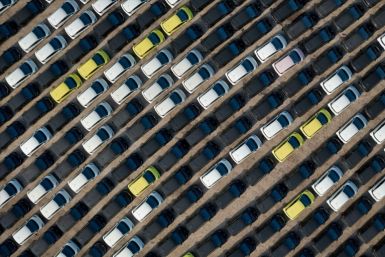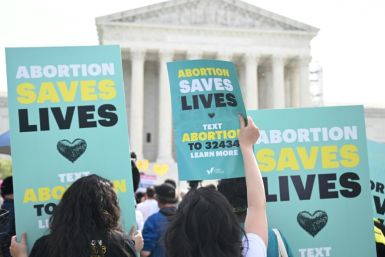Japan Volcanic Eruption Will Not Hamper Nuclear Restarts

The planned restarts of Japan's 50 nuclear power plants will not in any way be hampered by the volcanic eruption of Mount Ontake. The Sendai nuclear reactor, one of two reactors at a plant run by Kyushu Electric Power Co, has been given the restart go signal by the Nuclear Regulation Authority. However, fears surged because the reactor is located 50 kilometres (31 miles) from Sakurajima, another active volcano.
Moreover, it is closely located to a cluster of calderas or volcanic craters created by past eruptions. The Sendai Nos. 1-2 units are located in Kagoshima prefecture.
Renewing fears, residents in Kyushu have expressed opposition to the restart because experts and authorities failed to predict the Sept. 27 of Mount Ontake over the weekend. They claimed the scenario could very well happen to them.
Among the list considered for an approval for a nuclear power plant restart was that the facility as well as national government should have equipment that would help detect big eruptions around the area. These signs should be detected well beyond the supposed eruption of the volcano so that people will be sufficiently warned.
But the eruption of Mount Ontake and the resulting death of at least 30 people were painful, yet very realistic warnings, Toshiyuki Tsuruuchi from a conservation group in adjacent Miyazaki prefecture told Japan Real Time. "It turned out that what they said about the forecast is not true."
The dead were mostly hikers, allowed to go up the mountain because sensors didn't indicate any threat from volcanic activity. Chief Cabinet Secretary Yoshihide Suga defended the government wasn't able to foresee the eruption because "it was extremely difficult to predict," claiming it was "a steam-driven eruption."
That inability, whether due to lack of sophisticated equipment or because Mother Nature is really hard to predict at all, is the main reason why the nuclear power plants must not restart, protesters said.
"No one knows when natural disasters, including earthquakes and tsunamis will strike. The fact that they could not predict the Mount Ontake eruption highlights that," RT News quoted Yoshitaka Mukohara, one of the demonstration organizers who gathered Sunday for a protest rally in Kagoshima on the island of Kyushu.
He noted Mount Sakurajima has been exhibiting plumes over the weekend.
Stephen Church, from equity researcher JI Asia, said the Ontake eruption, while unfortunate, will not hamper the planned nuclear power plant restarts. "The Ontake eruption, if it were to become major, may (only) cause a delay in the nuclear reactor restart program."






